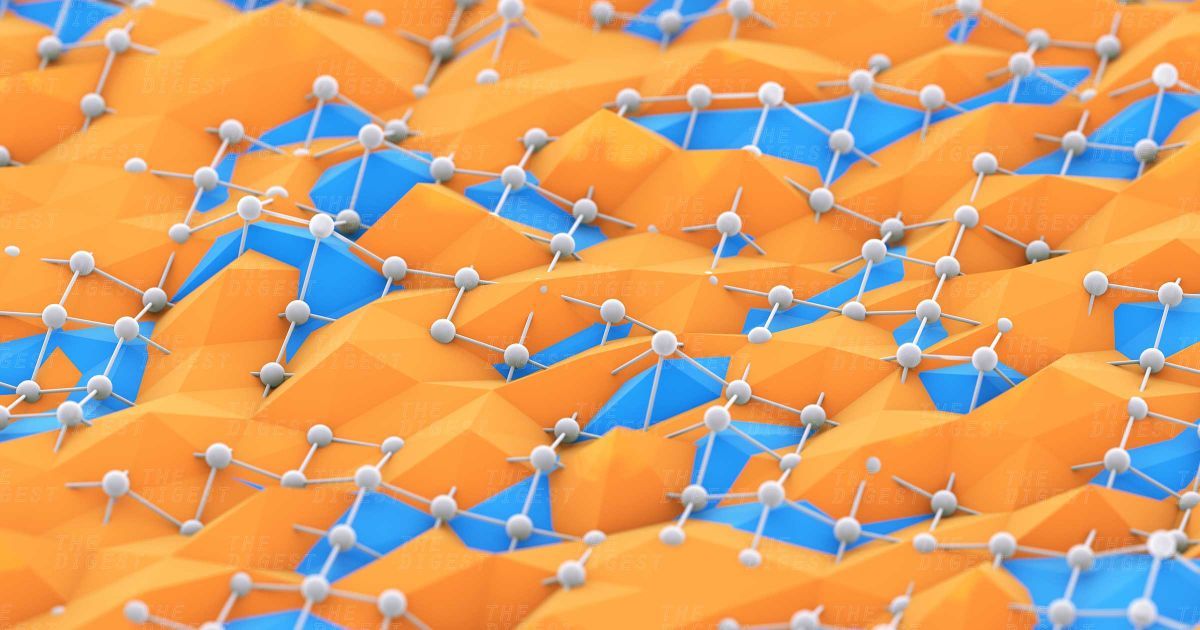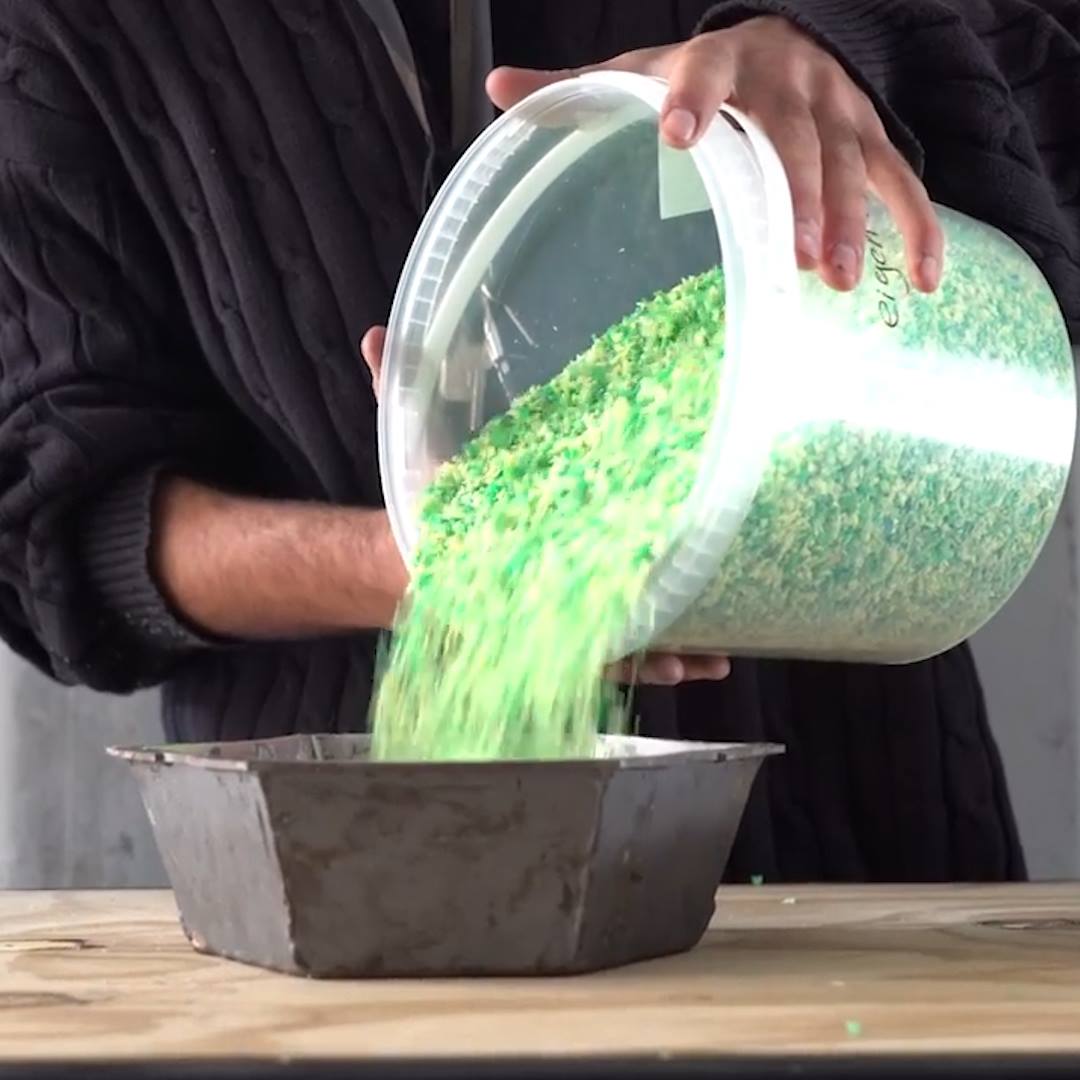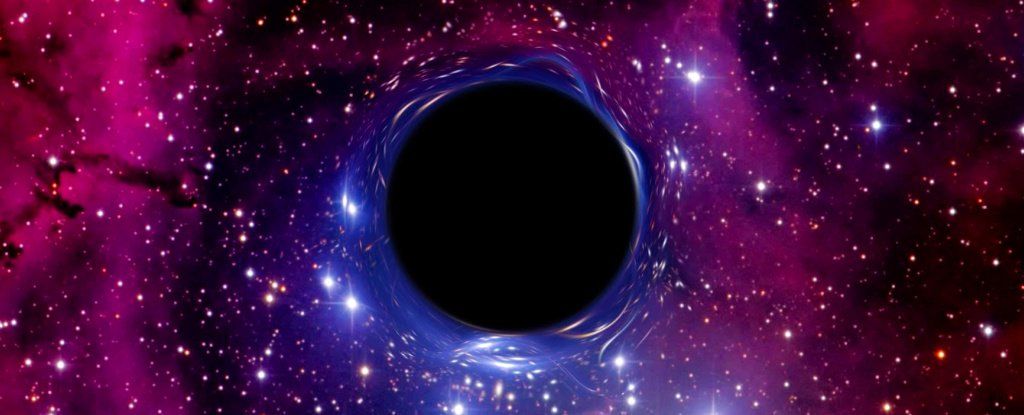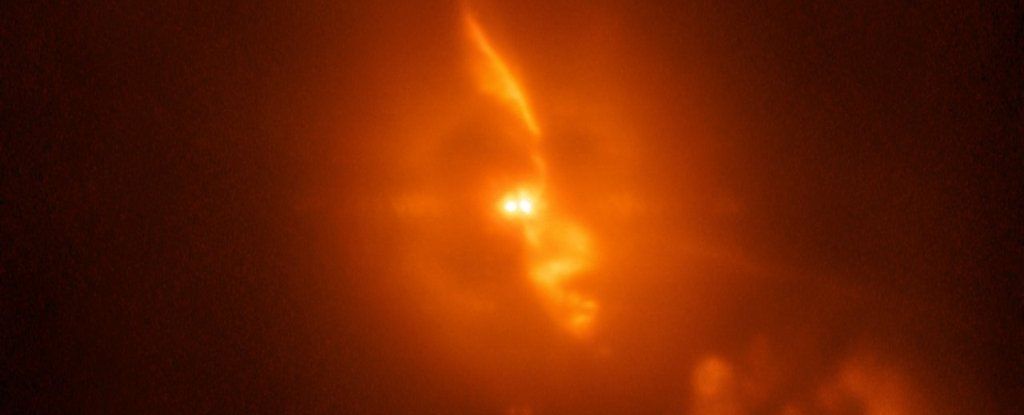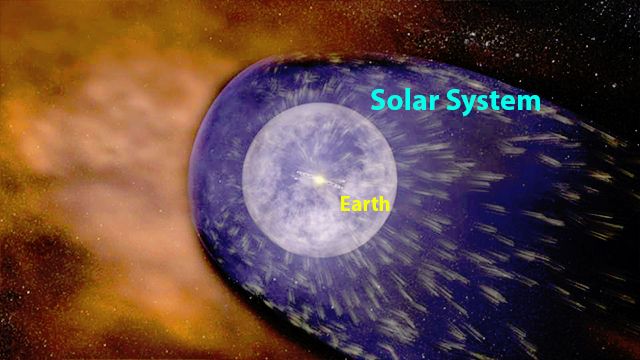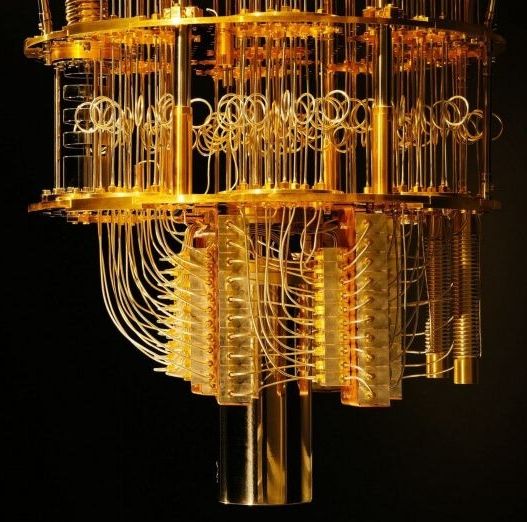Page 9221
Dec 16, 2018
This machine lets your recycle plastic at home
Posted by Nicholi Avery in category: materials
Dec 16, 2018
Scientists Report Teleportation of Physical Objects From One Location To Another
Posted by Victoria Generao in categories: particle physics, quantum physics
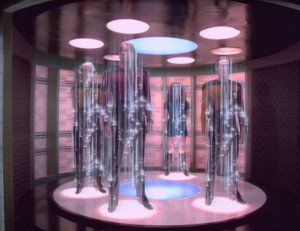 The concept of teleportation comes primarily from science fiction literature throughout human history, but things are changing. It’s 2015 and developments in quantum theory and general relativity physics have been successful in exploring the concept of teleportation for quite some time now.
The concept of teleportation comes primarily from science fiction literature throughout human history, but things are changing. It’s 2015 and developments in quantum theory and general relativity physics have been successful in exploring the concept of teleportation for quite some time now.
Today, numerous teleportation breakthroughs have been made. One example is the work of Professor Rainer Blatt, at the University of Innsbruck. They were successfully able to perform teleportation on atoms for the first time, their work was published in the journal Nature. They were able to transfer key properties of one particle to another without using any physical link. In this case, teleportation occurred in the form of transferring quantum states between two atoms, these include the atom’s energy, motion, magnetic field and other physical properties. This is possible due to the strange behavior that exists at the atomic scale, known as entanglement. It’s what Einstein referred to as a “spooky action.”
Another study was published by a team of University of Queensland physicists in the journal Nature in 2013 demonstrating the successful teleportation with solid state systems. A process by which, again, quantum information can be transmitted from one place to another without sending a physical carrier of information. This is the same concept, and is made possible through the phenomenon of entanglement.
Dec 16, 2018
Why Don’t Black Holes Swallow All of Space? This Explanation Is Blowing Our Minds
Posted by Xavier Rosseel in categories: cosmology, physics
Black holes are great at sucking up matter. So great, in fact, that not even light can escape their grasp (hence the name).
But given their talent for consumption, why don’t black holes just keep expanding and expanding and simply swallow the Universe? Now, one of the world’s top physicists has come up with a new explanation.
Conveniently, the idea could also unite the two biggest theories in all of physics.
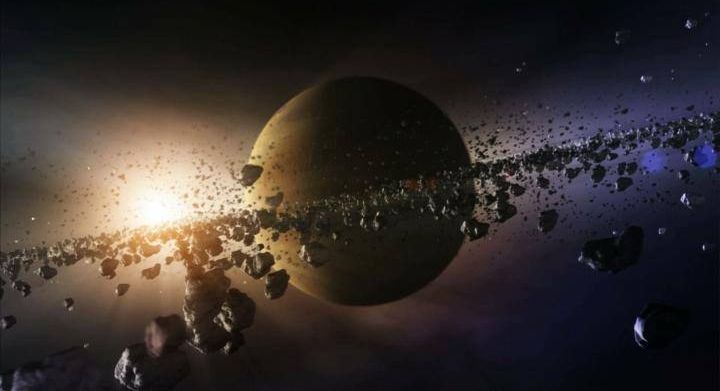
How are stars and planets born? What happens to its planets when a star dies?
Come along on an epic interstellar journey, billions of years long, through the life and death of a planetary system: https://go.nasa.gov/2EqOwlb
Dec 16, 2018
This Breathtaking Image Is a Real Photo of Two Stars Destroying Each Other
Posted by Genevieve Klien in category: space
The death of a binary star can be a spectacularly violent thing.
This picture shows the binary system R Aquarii, a red giant throwing off its outer envelope, which is being greedily cannibalised by its companion, a much smaller, denser white dwarf.
The dramatic moment you’re looking at unfolded just 650 light-years from Earth – practically right next door in astronomical terms, which is why astronomers have a keen interest in the event.
Continue reading “This Breathtaking Image Is a Real Photo of Two Stars Destroying Each Other” »
Dec 16, 2018
The Physics of Death (and What Happens to Your Energy When You Die)
Posted by Genevieve Klien in categories: life extension, neuroscience, physics, space
When we die, our energy is redistributed throughout the universe according to the law of conservation of energy. While this should not be confused with our consciousness living forever, our energy continuing after we’re gone could make death a less scary prospect.
Dec 16, 2018
Spacecraft may have found new evidence of ‘space wall’ on the edge of solar system
Posted by Genevieve Klien in category: particle physics
Nearly 100 times farther from the Sun than the Earth is, there’s a point where the charged particles from the Sun no longer reach into the uncharged particles of interstellar space, or the pockets of space that exist between the various star systems of the universe.
This point, known as a heliopause, marks the very edge of the solar system where human beings themselves live.
The heliopause border around the solar system was first “discovered” by scientists using NASA’s Voyager 1 and 2 spacecraft as far back as 30 years ago. But recently, a newer NASA spacecraft, the New Horizons space probe, has found actual evidence of that point in space.
Dec 16, 2018
A new type of quantum computer has smashed every record
Posted by Genevieve Klien in categories: business, computing, information science, quantum physics
IonQ was founded on a gamble that ‘trapped ion quantum’ computing could outperform the silicon-based quantum computers that Google and others are building. As of right now, it does. IonQ has constructed a quantum computer that can perform calculations on a 79-qubit array, beating the previous king Google’s efforts by 7 qubits.
Their error rates are also the best in the business, with their single-qubit error rate at 99.97% while the nearest competitors are around the 99.5 mark, and a two-qubit error rate of 99.3% when most competitors are beneath 95%. But how does it compare to regular computers?
According to IonQ, in the kinds of workloads that quantum computers are being built for, it’s already overtaking them. The Bernstein-Vazirani Algorithm, a benchmark IonQ is hoping will take off, tests a computer’s ability to determine a single encoded number (called an oracle) when the computer can only ask a single yes/no question.
Continue reading “A new type of quantum computer has smashed every record” »
Dec 16, 2018
BioInteractive’s virtual labs help you dissect such fields as anatomy, immunology
Posted by Genevieve Klien in category: biotech/medical
How much do you know about anatomy? Cardiology? Have you ever set foot in a scientific lab? Once you visit BioInteractive’s virtual lab, you’ll feel as if you have.
The website is offered by the Howard Hughes Medical Institute, a nonprofit organization that funds biomedical research. It features free virtual labs for anatomy, bacterial identification, immunology, neurophysiology and cardiology.
The concept is simple: You tool around virtual, web-based spaces as if you were a scientist. And you learn in the process. It’s designed to help users practice the skills and techniques of scientific research.
